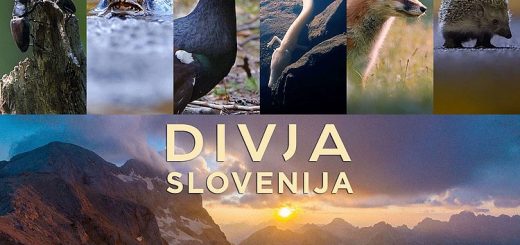“To BEE or not to BEE”
S sedmošolci spoznavamo naše čebele, čmrlje in čebelarjenje. Z devetošolci pa se posvečamo biodiverziteti.
Nastajajo projekcije, filmčki, objave, izdelujemo plakate, dajemo pobude, zbiramo recepte in kuhamo … ter naše znanje izmenjujemo z vrstniki iz Belgije, Španije, Poljske in Reuniona.
Sodelujemo namreč v eTwinning projektu To BEE or not to BEE.


 A Story on BEES and Biodiversity
A Story on BEES and Biodiversity 


What is biodiversity?
Simply put, biodiversity is life in all its variety: over 14 million species found from mountain top to deep-sea vent. But it is so much more. Those species connect, and interact. Those interactions create communities and systems, and those systems provide goods and services such as oxygen production, pollination, water filtration and storage, pest control, food production, carbon storage and erosion control. Again, simply put, biodiversity anchors nature’s life support system.
Biodiversity lessons in schools address the growing disconnection between school children and their natural environment. This project can offer a opportunity to raise awareness about biodiversity and the plight of the bee amongst students and school staff. In addition, it can provide a response to the schools environmental policy objectives in regards to biodiversity and education for sustainable development.
Along with the challenge of climate change, the loss of biodiversity is humanity’s main battleground for sustainability. Biodiversity is the foundation for healthy ecosystems and sustainable human development. It touches on all aspects of our lives – from our security to our welfare, from our social relations to our health. Mainstreaming biodiversity into education and learning is one of UNESCO’s priorities.
Because they are sensitive to their environment, bees are considered as major “bio-indicators”, which makes it relevant to see them as an emblem for biodiversity. Preserving bees will therefore benefit all kinds of pollinating insects, animals and people.
Biodiversity education is all about celebrating the science of nature!
It is well-known that bees are great pollinators, and therefore have a key role in producing much of the food that we eat. Through the pollination of many commercial crops such as tomatoes, peas, apples and strawberries, insects contribute to the economy. If bumblebee and other insect pollinator declines continue, the extremely high cost of pollinating these plants by other means could significantly increase the cost of fruit and vegetables.
Bumblebees also help pollinate many wildflowers, allowing them to reproduce. Without this pollination many of these plants would not produce seeds, resulting in declines in wildflowers. As these plants are often the basis of complex food chains, it is easy to imagine how other wildlife such as other insects, birds and mammals would all suffer if bees disappeared.
ref. www.biodiversity.com beeodiversity.jpg
How can we help?
Whether we use our green space for pleasure or as a vegetable plot we can all enjoy the rewards of planting for bees. Whether your school garden be a balcony, allotment, window box, hanging basket, pots and tubs or a swathe of green open space we can all provide honey bees and other insect pollinators with a banquet of pollen and nectar throughout the year.
Not only will they benefit from the sensual feast plants provide so will we. We will also enjoy the variety of honey and foods from those plants. By planting the right type of plants and trees we provide a larder for honey bees and other pollinators, habitats for wildlife and the pollination provides food for us and other wildlife from birds to insects.
Project goals
 stimulate curiosity in young people about the importance of honey bees in our lives and the need to understand and embrace them and to care about their well-being.
stimulate curiosity in young people about the importance of honey bees in our lives and the need to understand and embrace them and to care about their well-being. learn about the different bee species, their nests and lifecycles
learn about the different bee species, their nests and lifecycles discover which plants will attract them to your garden and find out about conservation issues.
discover which plants will attract them to your garden and find out about conservation issues. discover how we can improve biodiversity in our own environment
discover how we can improve biodiversity in our own environment
Key questions
 Why is Biodiversity so important for our environment?
Why is Biodiversity so important for our environment? Why do we need bees?
Why do we need bees? What can we learn from bees?
What can we learn from bees?











